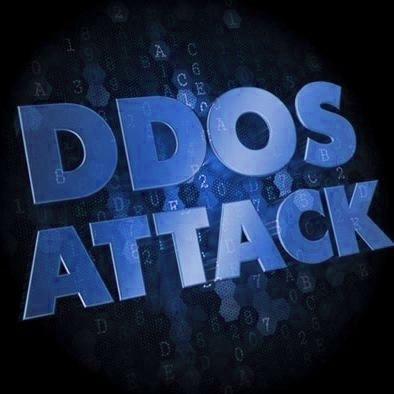The Internet of Things (IoT) is becoming a soft target for cyber-attacks, according to the 2015 Internet Security Trend report by Nexusguard, the leading internet security solutions provider and DDoS researcher.
As the internet continues to be a growing presence in our digital lives, infiltrating everyday devices like medical devices, home security systems, TVs, GPS and smart watches, the potential attack surface for DDoS attacks, sometimes combined with infiltration attempts, grows exponentially.
“By its very design, the Internet of Things is built with lightweight security,” explains Terrence Gareau, Chief Scientist, Nexusguard. “These devices rely heavily on shared libraries and a rapid development cycle. Because of their constraints, many IoT devices have limited options for firmware upgrades and other risk management features. The fact that they are also “always-online” makes them highly susceptible to intrusion and attacks.”
Free Cyber Security Training! Join the revolution today!
“With the Internet of Things, people are posting personal or commercially sensitive information,” said Gareau. “It’s a very complex question how people are going to secure that data, especially with increasingly sophisticated attacks. Furthermore, hackers may be incentivized to infect IoT devices and use them as an army for botnet attacks. Additionally, the smokescreen of DDoS attacks used for covering up data exfiltration, market manipulation and extortion is ever more present.”
“A single attack can cost an organization from $52,000 to $52 million from the loss of contracts, damage to reputation, damage to stock price, damage to credit rating, and increased insurance premiums,” explained Bill Barry, Executive Vice President, Nexusguard. “With an ecosystem of still-developing protocols, a mass attack could be devastating to an individual user or an entire enterprise.”
For more information on internet security issues, download the Nexusguard 2015 Internet Security Trend Report here:
About Nexusguard
![]() Founded in 2008, Nexusguard is the global leader in fighting malicious internet attacks. Nexusguard protects clients against a multitude of threats, including distributed denial of service (DDoS) attacks, to ensure uninterrupted internet service. Nexusguard provides comprehensive, highly customized solutions for customers of all sizes, across a range of industries, and also enables turnkey anti-DDoS solutions for service providers. Nexusguard delivers on its promise to maximize peace of mind by minimizing threats. Headquartered in San Francisco, Nexusguard’s network of security experts extends globally. Visit www.nexusguard.com for more information.
Founded in 2008, Nexusguard is the global leader in fighting malicious internet attacks. Nexusguard protects clients against a multitude of threats, including distributed denial of service (DDoS) attacks, to ensure uninterrupted internet service. Nexusguard provides comprehensive, highly customized solutions for customers of all sizes, across a range of industries, and also enables turnkey anti-DDoS solutions for service providers. Nexusguard delivers on its promise to maximize peace of mind by minimizing threats. Headquartered in San Francisco, Nexusguard’s network of security experts extends globally. Visit www.nexusguard.com for more information.
The opinions expressed in this post belongs to the individual contributors and do not necessarily reflect the views of Information Security Buzz.



